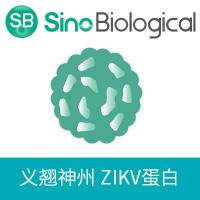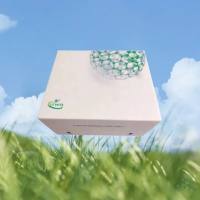The Derivation of Murine Embryonic Stem and Embryonic Germ Cells by Selective Ablation
互联网
互联网
相关产品推荐

Zika virus (ZIKV) (strain Zika SPH2016) ZIKV-E (Stem/anchor domain of flavivirus envelope glycoprotein E) protein (Fc Tag)
¥4520

Recombinant-Rat-Endothelin-B-receptorEdnrbEndothelin B receptor; ET-B; ET-BR Alternative name(s): Endothelin receptor non-selective type
¥12474

Recombinant-Human-Germ-cell-specific-gene-1-like-proteinGSG1LGerm cell-specific gene 1-like protein; GSG1-like protein
¥11718

MKN45人低分化胃癌细胞|MKN45细胞(Human Poorly Differentiated Gastric Cancer Cells)
¥1500

Recombinant-Human-Zinc-transporter-9SLC30A9Zinc transporter 9; ZnT-9 Alternative name(s): Human embryonic lung protein; HuEL Solute carrier family 30 member 9
¥13832
相关问答

